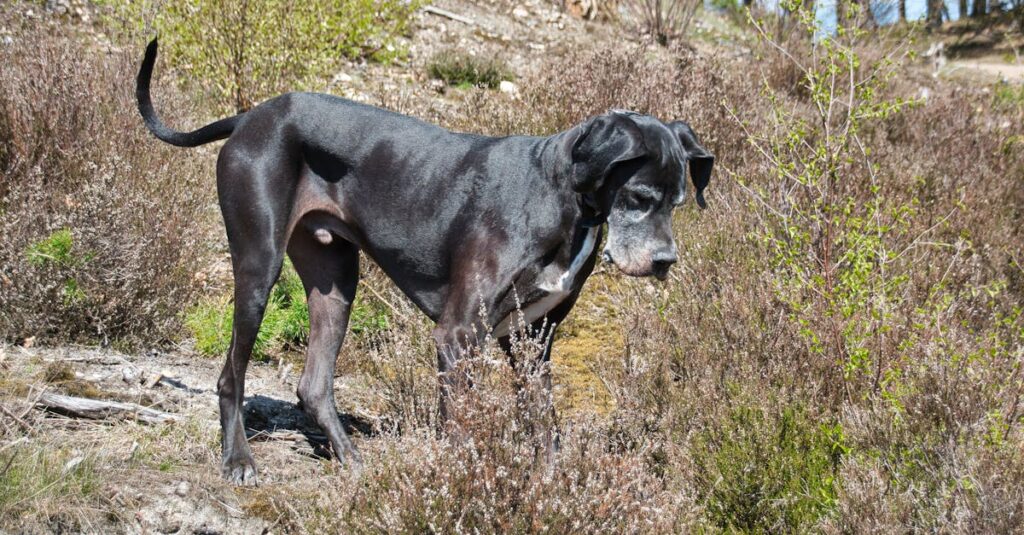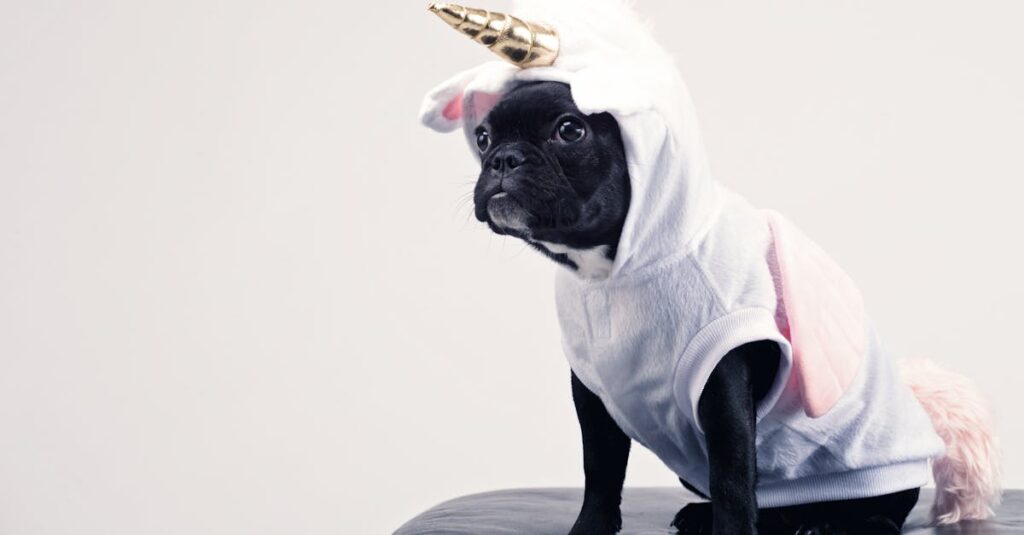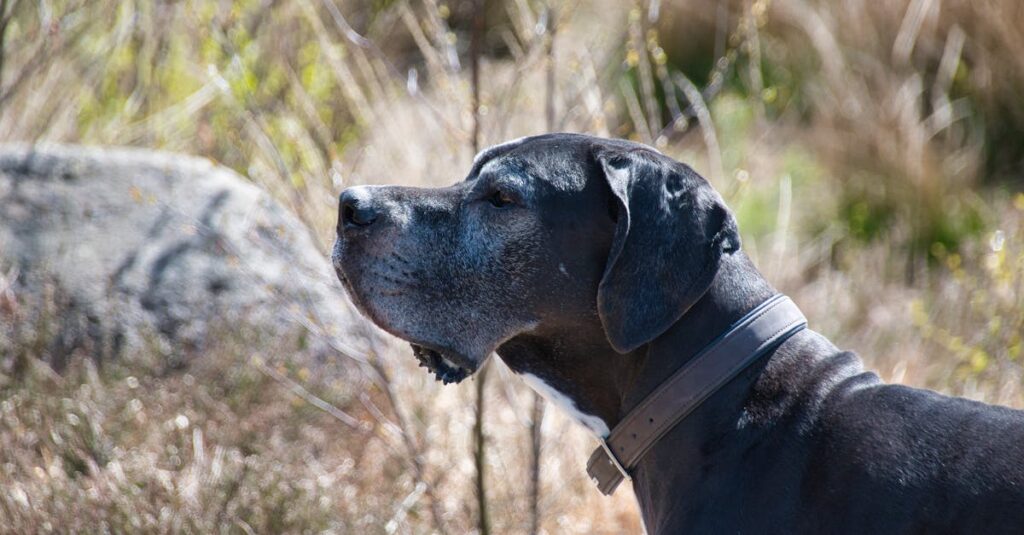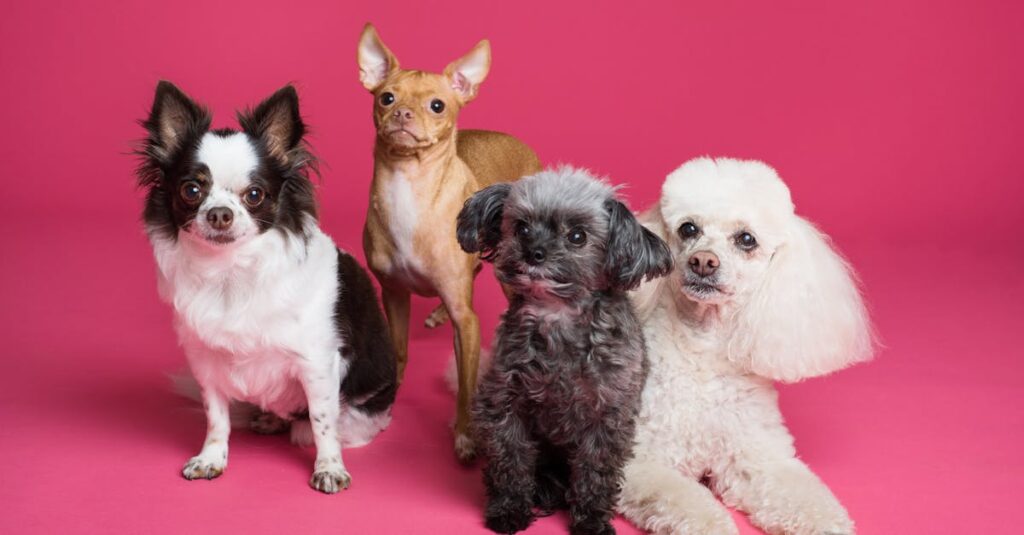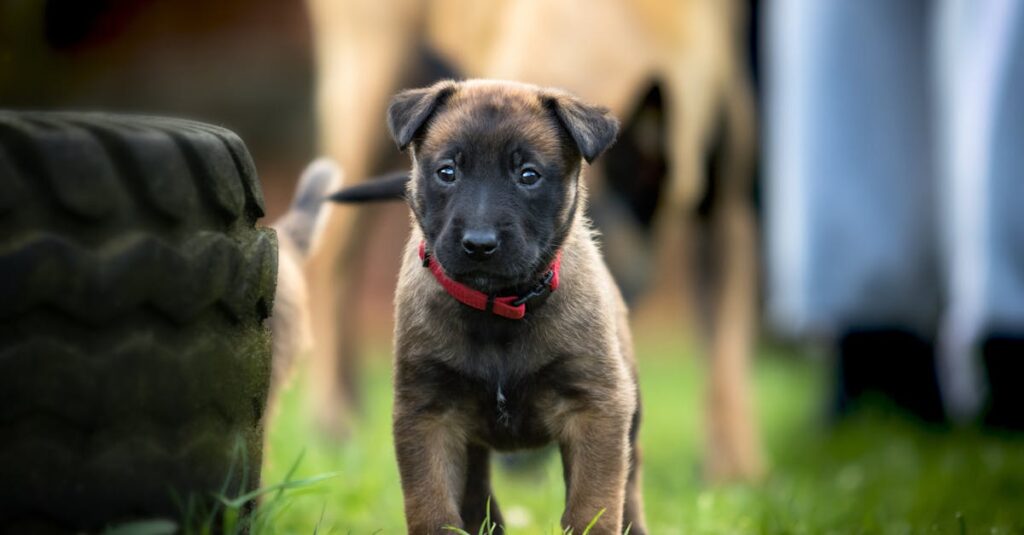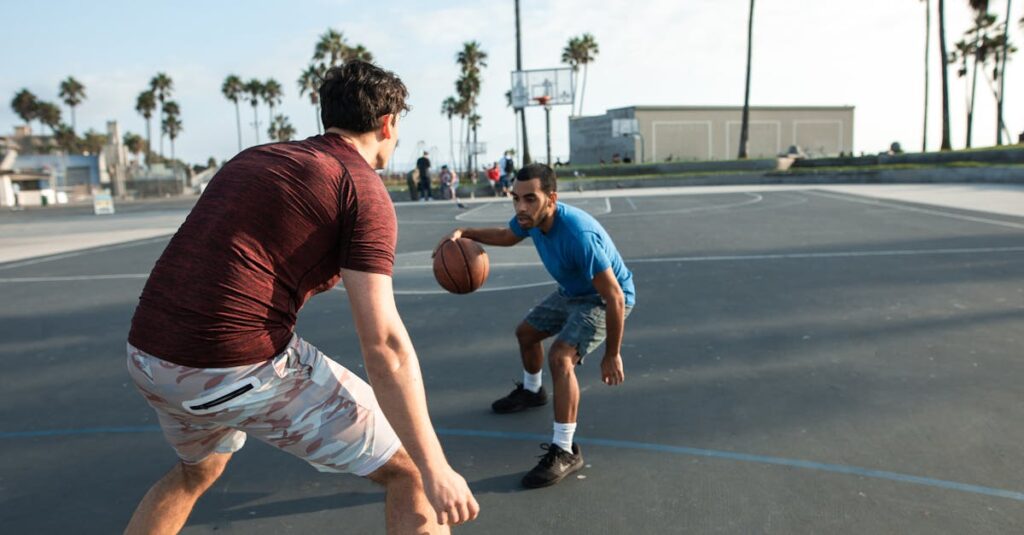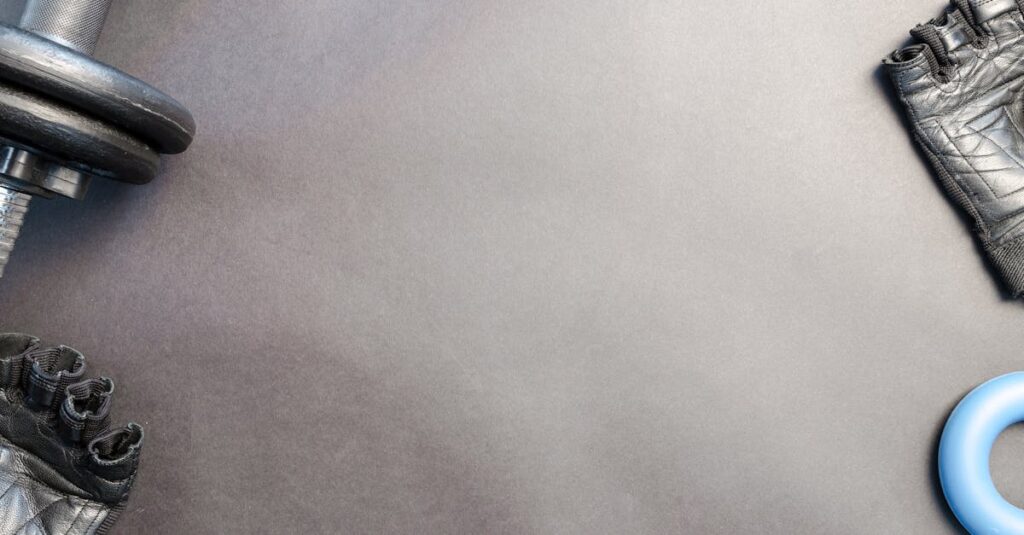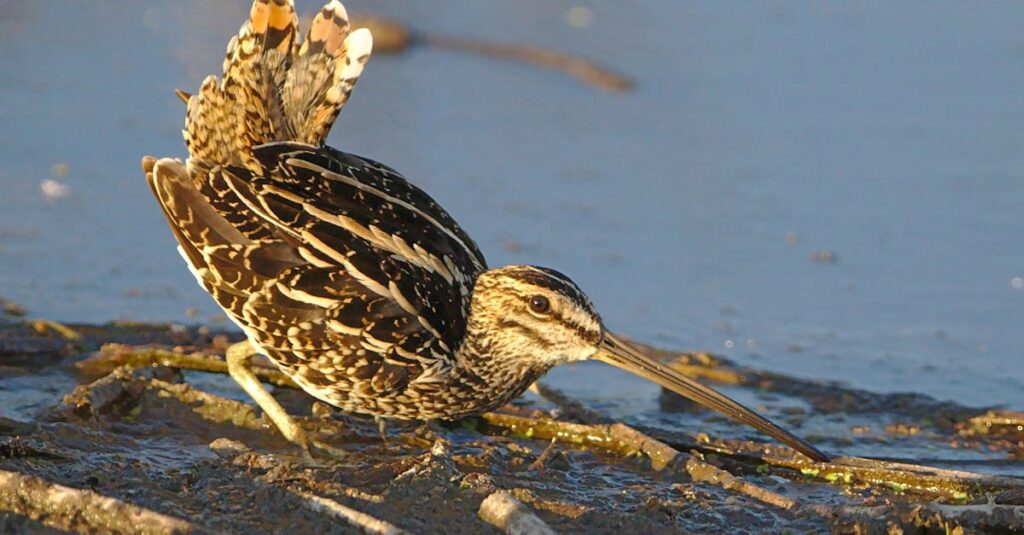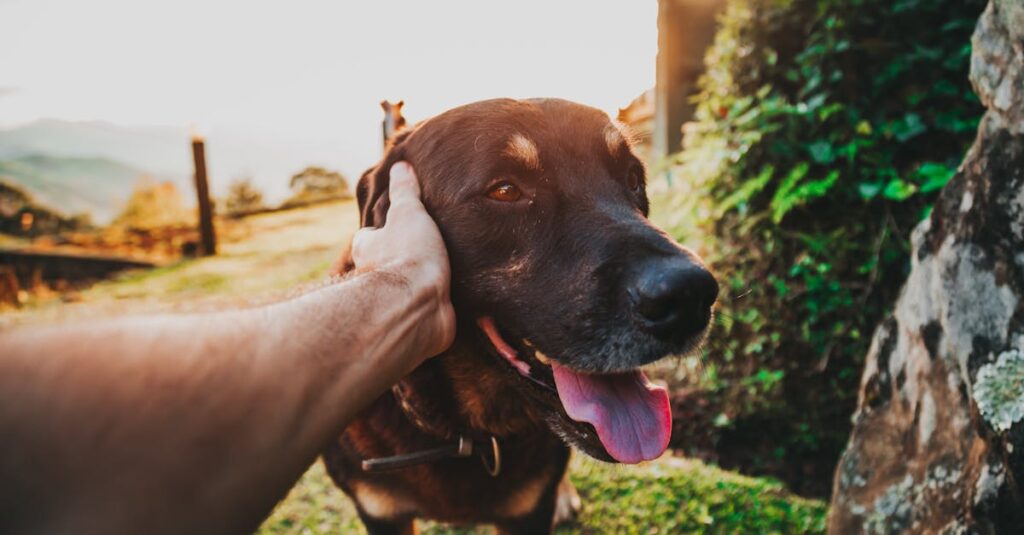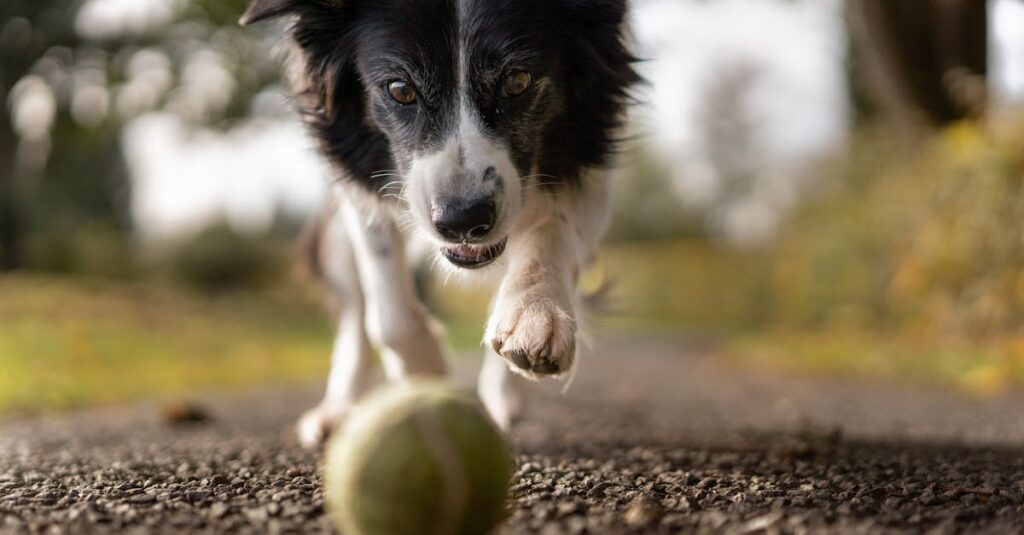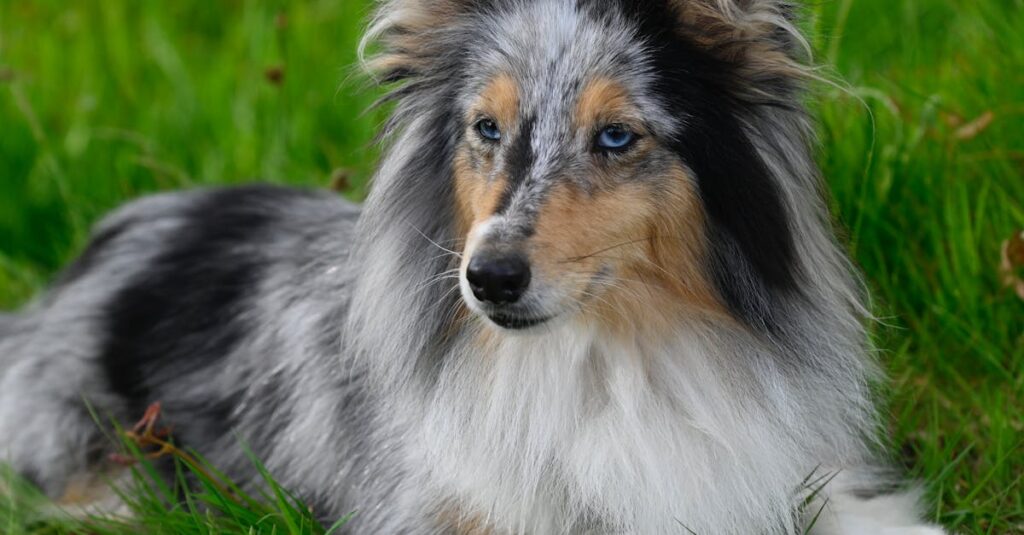When considering a reliable guardian for your home, the idea of a Great Dane naturally comes to mind. Their enormous stature and noble presence can intimidate most intruders, but does that translate to genuine protection? Many dog lovers question the true protective nature of this gentle giant: Will a Great Dane protect you, and under what circumstances? Understanding their instincts, training, and temperament is essential to unraveling whether these impressive creatures can serve as effective DefenderDogs and protect their families.
Understanding the Protective Instincts of a Great Dane
The Great Dane is often celebrated for its friendly disposition, yet beneath that gentle exterior lies a history rooted in hunting and guarding. Originally bred to hunt large game like boar, this breed developed a strong prey drive that can morph into a protective attitude toward their family and territory.
Today’s Great Danes primarily serve as companion animals rather than working guard dogs, but their instinct to defend their owners remains notable. Their size alone — an adult male often weighing well over 120 pounds — can make potential threats think twice before entering your property.
Core Traits That Influence Great Dane Protection
- 🐾 Loyalty: Great Danes develop deep bonds with their owners, making them inherently protective of their family.
- 🐾 Gentle Temperament: Despite their size, they are known as gentle giants, often patient and calm, especially around children.
- 🐾 Alertness: Their watchful nature means they’re quick to notice strangers, fulfilling an essential role as vigilant WatchfulWhiskers.
- 🐾 Size and Presence: The sheer size acts as a natural deterrent, working well as a DogGuard without needing aggressive behavior.
- 🐾 Training Responsiveness: They are intelligent and trainable, critical for any dog receiving PawSafe training to act as a reliable guardian.
| Trait 🐕 | Description 📋 | Protection Impact 🛡️ |
|---|---|---|
| Loyalty | Deep emotional bond with owner | High — Leads to protective behavior |
| Temperament | Gentle, patient with family | Moderate — Less aggression, more alertness |
| Alertness | Vigilant and aware of environment | High — Useful for early threat detection |
| Size | Large, intimidating physical presence | High — Deterrent effect without aggression |
| Trainability | Responsive to commands, learns quickly | High — Enables controlled defense behaviors |
How Training and Socialization Shape Great Dane Protective Behavior
Without question, socialization and training are pivotal to how your Great Dane will react to potential threats. Early and consistent exposure to various people, sounds, and environments equips them with the right mindset to differentiate between threats and harmless situations. This is where tailored PetProtector training programs come into play.
Training your BigBarker to respond calmly but assertively not only protects your family but also ensures your dog remains balanced and confident. Overly aggressive behaviors often stem from fear or lack of proper guidance.
Essential Socialization and Training Steps 🐶
- 🔹 Early Exposure: Introduce your Great Dane to diverse scenarios and people from a young age to reduce anxiety and fear-driven aggression.
- 🔹 Command Training: Teach commands like “stay,” “come,” and “leave it” to maintain control during protective situations.
- 🔹 Controlled Protection: Work with professionals specializing in ShieldDog techniques to enhance your dog’s ability to protect without unnecessary harm.
- 🔹 Regular Social Interaction: Ongoing social encounters reinforce calm behavior around strangers and unknown environments.
- 🔹 Positive Reinforcement: Reward protective but controlled behavior to strengthen desirable responses.
| Training Aspect 🦴 | Purpose 🎯 | Impact on Protective Behavior 🐾 |
|---|---|---|
| Early Socialization | Reduce fear, build confidence | High — Prevents aggression from insecurity |
| Command Mastery | Improve obedience and control | High — Allows controlled intervention |
| Professional Protection Training | Develop protective instincts safely | Moderate — Tailored protection without excessive aggression |
| Ongoing Social Exposure | Maintain balanced social behavior | Moderate — More predictable reactions |
| Rewards & Reinforcement | Encourage appropriate responses | High — Positive behavior strengthened |
Having observed this myself, a well-trained Great Dane becomes not only a loyal PetProtector but also a dependable family member who understands when to alert and when to stay calm.
Differences Between Guard Dog and Watchdog Roles in Great Danes
Understanding these roles clarifies what you can realistically expect from your Great Dane as a guardian.
- 👀 Watchdog Role: Alerting owners by barking or posturing when strangers approach, using their keen senses as effective SafePaw.
- 🛡️ Guard Dog Role: Taking protective action which may include confronting intruders. This demands higher assertiveness and training.
Great Danes are naturally more inclined toward the vigilant WatchfulWhiskers role — alert and cautious but less instinctively aggressive. With proper GuardDog training, however, they can rise to engaging protective duties without losing their social grace.
| Role 🐕 | Function 🎯 | Typical Great Dane Behavior 🐾 |
|---|---|---|
| Watchdog | Alert to strangers or disturbances | Highly vigilant, barks or shows presence |
| Guard Dog | Confront threats and protect family | Possible with training, controlled assertiveness |
Factors That Influence Your Great Dane’s Protective Behavior
Several elements shape how and when a Great Dane displays protection:
- 🧬 Genetics: Some lineages carry stronger protective instincts, but it never guarantees the dog’s behavior.
- 🏡 Environment: Positive and safe experiences help build confidence and reduce fear-driven responses.
- 🎓 Training & Socialization: Consistent guidance molds their reactions toward controlled protection.
- ❤️ Owner Bond: Strong emotional ties encourage the dog to watch over their family diligently.
Knowing these, I’ve personally seen that the best GuardianCanines emerge when all these factors align, combining BigBarker presence with thoughtful training.
| Factor 🔍 | Effect on Protection 🛡️ | Notes 📝 |
|---|---|---|
| Genetics | Variable protection levels | Not sole predictor of behavior |
| Environment | Builds confidence or triggers fear | Positive environments preferred |
| Training / Socialization | Shapes controlled protective responses | Crucial for safe behavior |
| Owner Bond | Inspires loyalty and guarding | Strongest influence on protection |
If you’re curious about how the size of your Great Dane influences their ability to serve as a DefenderDog, you can discover more at how big is Carson the Great Dane? or understand growth stages at how much does a Great Dane puppy weigh?.
Debunking Myths: Are Great Danes Aggressive Protectors?
Contrary to popular stereotypes, Great Danes are rarely aggressive without provocation. Their intimidating size might suggest otherwise, but they tend to be gentle and calm, especially when properly socialized and trained. They’re more likely to alert you with a bark — fulfilling their role as SafePaw watchdogs — than to aggressively confront.
One memorable story is about a friend whose Great Dane cautiously approached a suspicious visitor, providing an unmistakable alert but never lunging or biting. This behavior underscores the breed’s preference for measured protection over futile aggression.
Checklist for Preparing Your Great Dane as a Reliable Protector ✔️
- ✅ Start socialization early and continue throughout life
- ✅ Consistently train obedience commands and boundaries
- ✅ Reinforce positive protective behaviors without encouraging aggression
- ✅ Foster a strong emotional bond through regular interaction and care
- ✅ Consider professional guidance if guard dog training is desired
For insights into your Great Dane’s affectionate side and unique behaviors—like their tendency to lean for comfort—visit why does my Great Dane lean on me?. Tailoring protection to your dog’s character leads to the best outcome for owner and pet alike.
Frequently Asked Questions about Great Dane Protective Behavior ❓
- Q: Can a Great Dane protect me without being aggressive?
A: Absolutely. Great Danes often protect through their size and alertness rather than aggression. - Q: How important is training in developing a Great Dane’s protective behavior?
A: Training and socialization are essential in shaping safe and effective protection instincts. - Q: Are Great Danes better suited as watchdogs or guard dogs?
A: They excel as watchdogs but can be trained for guard duties, though they usually lack the aggressive drive of traditional guard breeds. - Q: Does a Great Dane’s environment affect its protective instincts?
A: Yes, a positive and secure environment nurtures confident and balanced protective behaviors. - Q: Is their size a major factor in protecting their owners?
A: Definitely. Their impressive stature acts as a natural deterrent to intruders, contributing significantly to their protective role.








